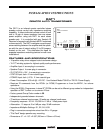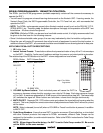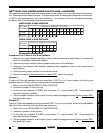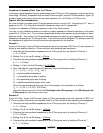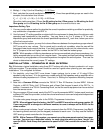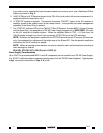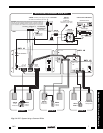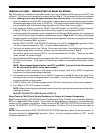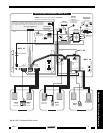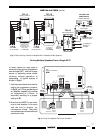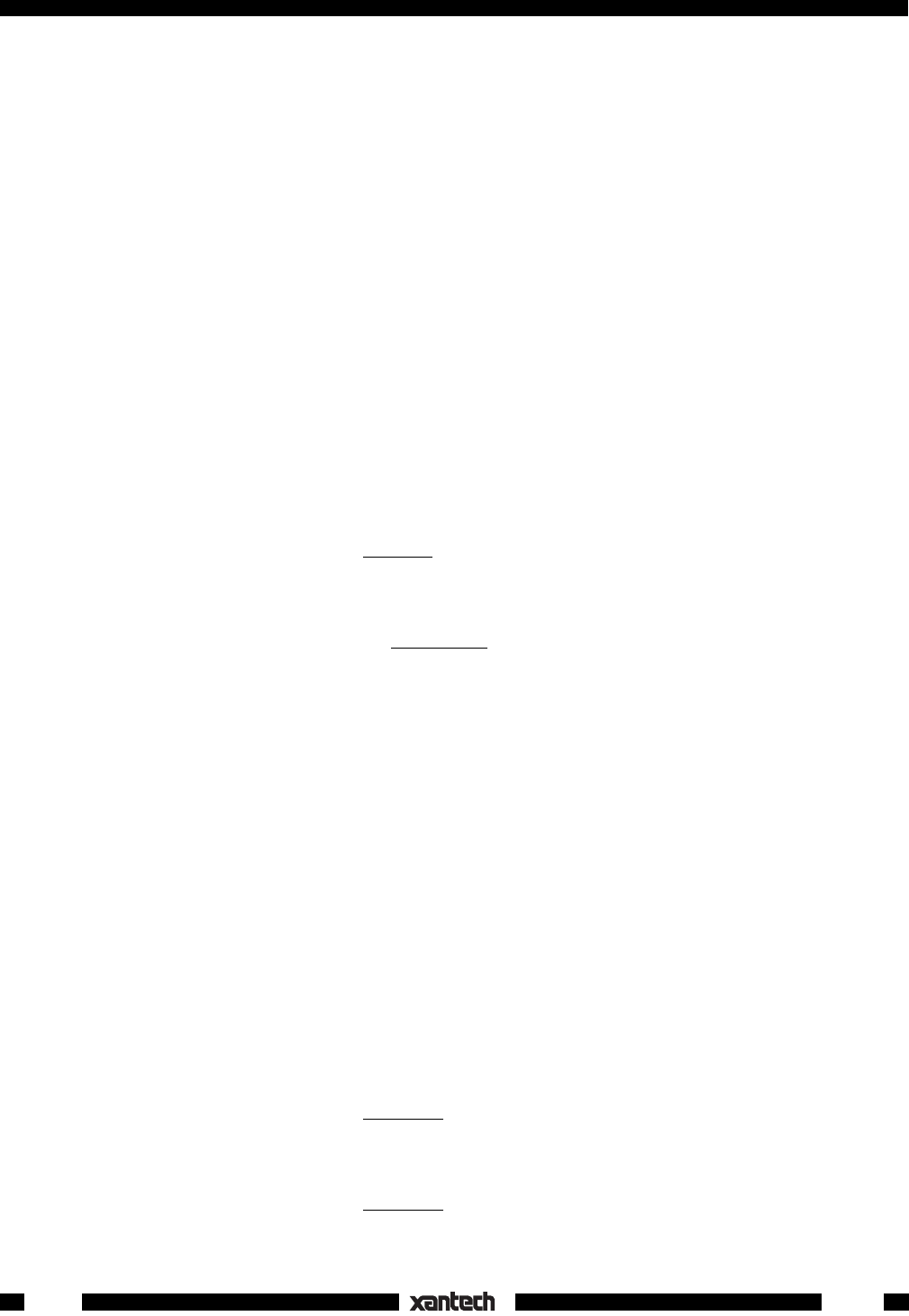
4
Procedure for Speakers Other Than 4 or 8 Ohms
In this case, treat all speakers that are rated between 4 and 7 Ohms as 4 Ohm speakers, and use the charts
accordingly. Similiarly, all speakers that are rated 8 Ohms or higher, treat as 8 Ohms speakers. Again, all
speakers used in the system should be the same impedance (i.e. all 6 Ohms, all 7 Ohms, etc.).
Speaker Wire Recommendations
As a rule of thumb, use good quality 18 gauge speaker wire for runs up to 30', 16 gauge up to 70', and 14
gauge up to 150'. The 4-terminal connectors accept wire sizes up to 12 gauge max.
Procedure for Speakers of Differing Impedance Used in the Same System
You may run into installations where you need to combine speakers of different impedance in the same
system (8, 6, 4 Ohms, etc.). This is a more complicated situation that requires some calculation to obtain
optimum results. You need to find the paralleled impedance for each group of speakers with the same
impedance first and pick an "S" setting for each. Then check the overall paralleled "S" settings to see that
the impedance is higher than the minimum safe value specified for the amplifier.
Example 1:
2 pairs of 4 Ohm and 7 pairs of 8 Ohm wall speakers are to be used with 9 RAT1's in a 9 room system, all
driven by one amplifier rated for 4 Ohms minimum safe operating load impedance.
1. Calculate the total paralleled impedance of the 4 Ohm group first, by dividing 4 Ohms by 2.
4 ÷ 2 = 2 Ohms.
2. Multiply 2 by 4 (for the S4 setting) =
8 Ohms.
3. Calculate the total paralleled impedance of the 8 Ohm group next, by dividing 8 Ohms by 7.
8 ÷ 7 = 1.14 Ohms.
4. Multiply 1.14 by 8 (for the S8 setting) =
9.12 Ohms.
5. Next, calculate the overall paralleled impedance with the following formulae:
Z
O
= 1 ÷ [(1÷Z
1
) + (1÷Z
2
) + (1÷Z
N
...etc.)]
Z
O
= overall paralleled impedance
Z
1
= 1st paralleled group after S setting
Z
2
= 2nd paralleled group after S setting
Z
N
= additional paralleled groups, when used
Since only two paralleled groups are used in this example, the calculation is as follows:
Z
O
= 1 ÷ [(1÷8) + (1÷9.12)] = 4.26 Ohms.
Since this yields more than 4 Ohms, the S4 setting for the 4 Ohm group and the S8 setting for the
8 Ohm group are the correct ones to use.
Example 2:
2 pairs of 4 Ohm, 3 pairs of 6 Ohm and 7 pairs of 8 Ohm wall speakers are to be used with 12 RAT1's in
a 12 room system, all driven by one amplifier rated for 4 Ohms minimum safe operating load impedance.
1. Calculate the total paralleled impedance of the 4 Ohm group first, by dividing 4 Ohms by 2.
4 ÷ 2 = 2 Ohms.
2. Multiply 2 by 8 (for the S8 setting) =
16 Ohms.
3. Calculate the total paralleled impedance of the 6 Ohm group next, by dividing 6 Ohms by 3.
6 ÷ 3 = 2 Ohms.
4. Multiply 2 by 8 (for the S8 setting) =
16 Ohms.
5. Calculate the total paralleled impedance of the 8 Ohm group next, by dividing 8 Ohms by 7.
8 ÷ 7 = 1.14 Ohms.
RAT1



